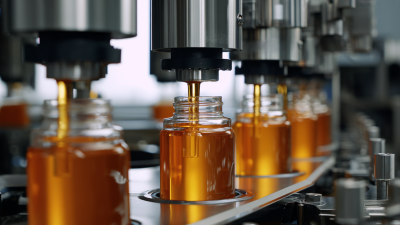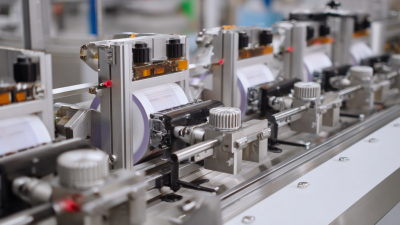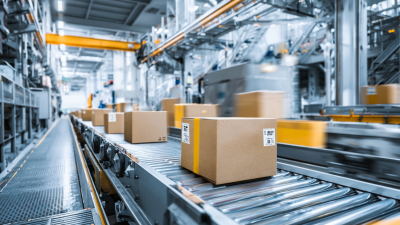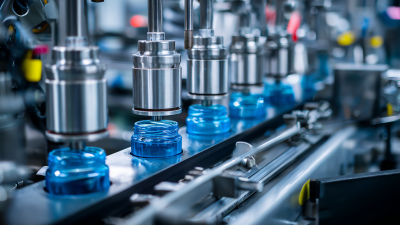
 By:Sophia - November 21, 2025
By:Sophia - November 21, 2025

 By:Lydia - November 11, 2025
By:Lydia - November 11, 2025

 By:Sophia - November 8, 2025
By:Sophia - November 8, 2025

 By:Lydia - November 4, 2025
By:Lydia - November 4, 2025

 By:Sophia - October 27, 2025
By:Sophia - October 27, 2025

 By:Isabella - October 23, 2025
By:Isabella - October 23, 2025

 By:Lydia - October 18, 2025
By:Lydia - October 18, 2025

 By:Lydia - October 10, 2025
By:Lydia - October 10, 2025

 By:Isabella - October 6, 2025
By:Isabella - October 6, 2025

 By:Sophia - October 1, 2025
By:Sophia - October 1, 2025

 By:Sophia - September 28, 2025
By:Sophia - September 28, 2025

 By:Isabella - September 24, 2025
By:Isabella - September 24, 2025

 By:Sophia - September 17, 2025
By:Sophia - September 17, 2025

 By:Sophia - September 13, 2025
By:Sophia - September 13, 2025

 By:Lydia - September 9, 2025
By:Lydia - September 9, 2025
Headquarters
2980 Scott St, Vista, CA 92081
Phone: (760) 734-4177
Fax: (760) 734-4188
Open: 8:00 am – 4:30 pm
Texas
8051 Jetstar Dr #175 Irving, TX 75063
Phone: (972) 915-6888
Fax: (972) 915-6999
Open: 8:00 am – 4:30 pm
Florida
14231 Jetport Loop. #1 Fort Myers, FL 33913
Phone: (239) 225-4020
Fax: (239) 225-4024
Open: 8:00 am – 4:30 pm